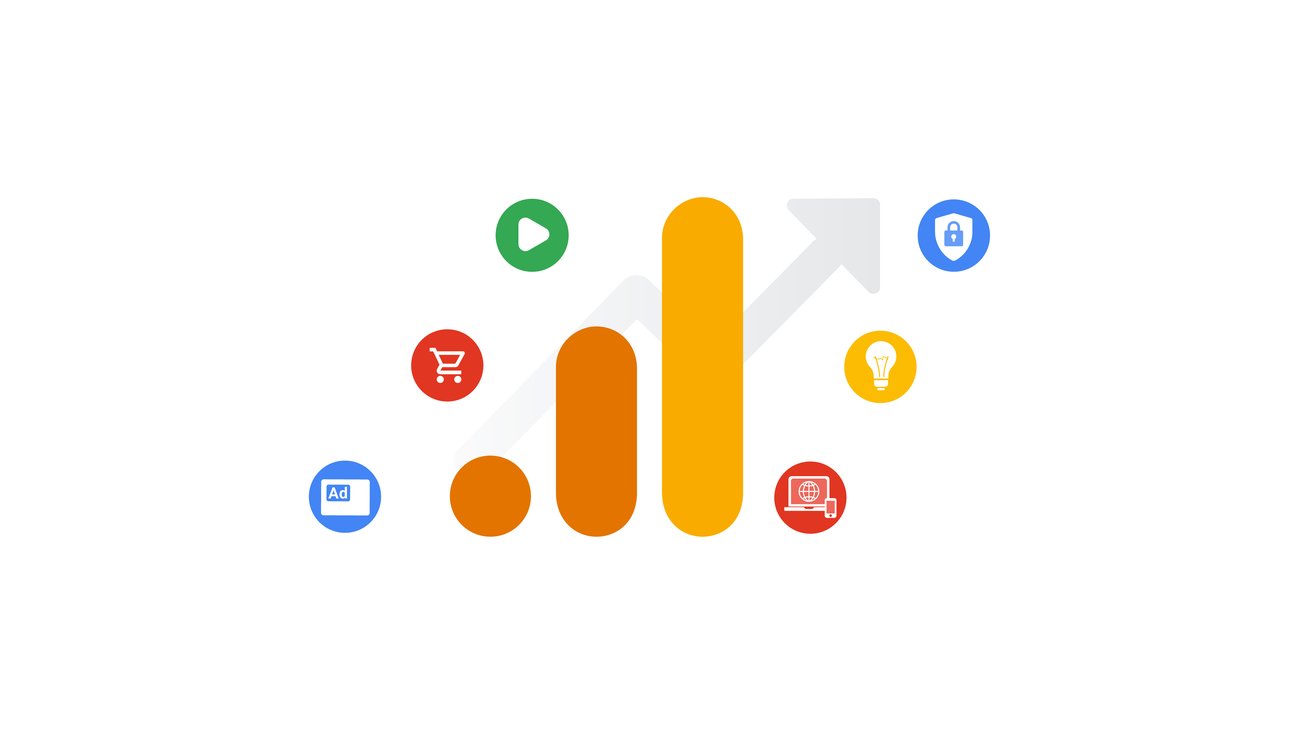How to Use G4A Conversion Paths

Or Ways to Communicate the Value of Multiple Channels in Digital Advertising & SEO
I was exploring some client projects this morning and was going through the new conversion paths report section in Google Analytics 4 and figured I’d provide an overview of how I think about the report, how to communicate to clients, and how to push strategies that lead to meaningful changes and improvements in conversions and business (more revenue, clients, etc. for your own clients).
One of the best G4A reports (and an easy one to get to/decipher) that most overlook is the Conversion paths report found by going to Advertising > Conversion Paths.
What is the Conversion Paths Report?
The conversion paths report presupposes you have conversions setup properly (one of the biggest first steps in utilizing Google Analytics successfully for your business). It can be a bit of a PIA, but is well worth it – as it will show you (when fully setup) the soup-to-nuts of your customers’ journey on your website, including the methods with which they used to find you (sometimes repeatedly). Additionally, for any SAAS tools or eccommerce sites – it’s an invaluable asset as it will show you exactly what sales came from what channels and what the overall value of your conversions are (total sales) BUT ALSO by reversing the process – it will show you your return (both on specific advertising like AdWords, and softer things like SEO and Social Media).
The following is a sample.
It shows you when people convert, what mediums they use to convert (including # of times on each channel). For example, below it’s interesting to see that 110+ people converted AFTER finding the website 2-3 -4times through organic search. And 10 converted after going through paid search AND organic search.
As the old advertising saying goes – “it takes 7 touch points to get a client” and based on what I’ve seen over the last couple years across many different clients – this still remains in this digital world. This is why hitting multiple channels on Search (paid ads + SEO + local) is so important.
In fact, I would argue that it’s more important than ever – particularly because search and other single methods have gotten so cluttered.

A break down of the above graphic…
More specifically let’s break down the above graphic from G4A’s Conversion Paths… basically this is telling us:
“Of everyone that converted… here’s how they did..”
As we can see from above virtually all of this particular clients’ conversions (in this case contact form submission or free signups on their website) is from search traffic (organic and paid). We can see paid traffic is doing very well relatively speaking, with organic coming in #2. This makes sense as this particular client spends quite a lot on adwords, as SEO in this space is particularly competitive.
The coolest thing to tease out from this however is the number of conversions that happen AFTER MULTIPLE touchpoints. Roughly 25% of all of their conversions happen after a potential customer has found them multiple times. This is a key, and is something we’re going to see more and more of online.
Let’s look at another report from a different client:

They’re a bit earlier in their SEO and PPC journey (obviously they have no paid ads to speak of). But you can get a sense of how often it takes multiple contacts to lead to a conversion. Interestingly it takes them 2-3 emails on average to receive a conversion/contact.
So what’s the point?
The point is using this can help you better understand the behavior of users, understand it takes multiple forms of touches (marketing) to get conversions.